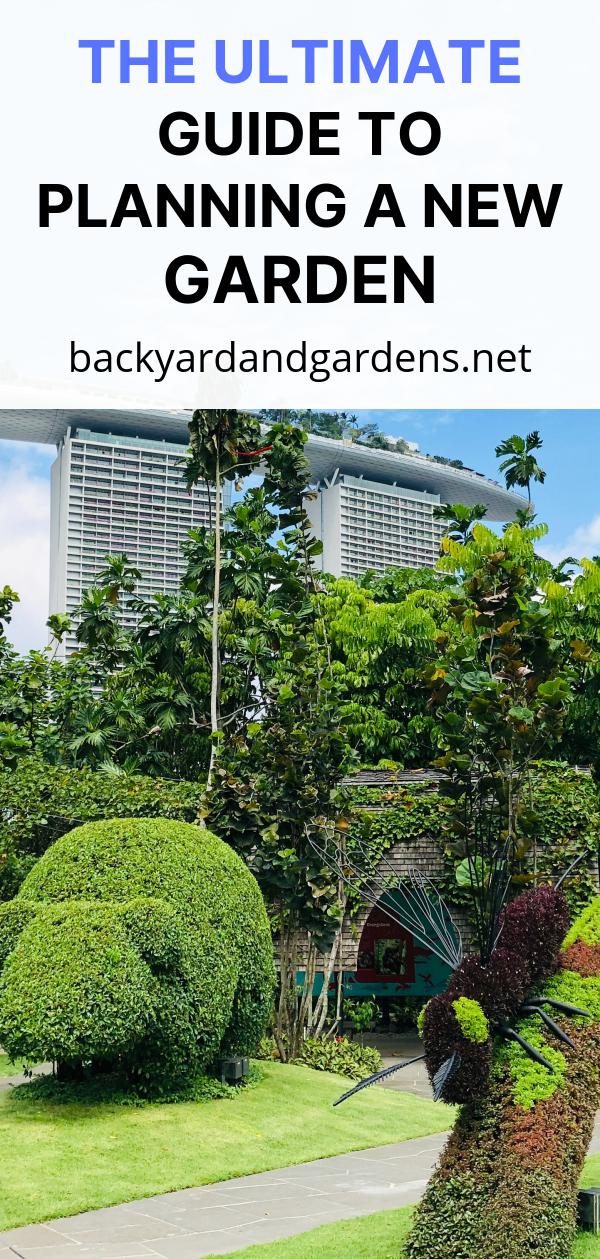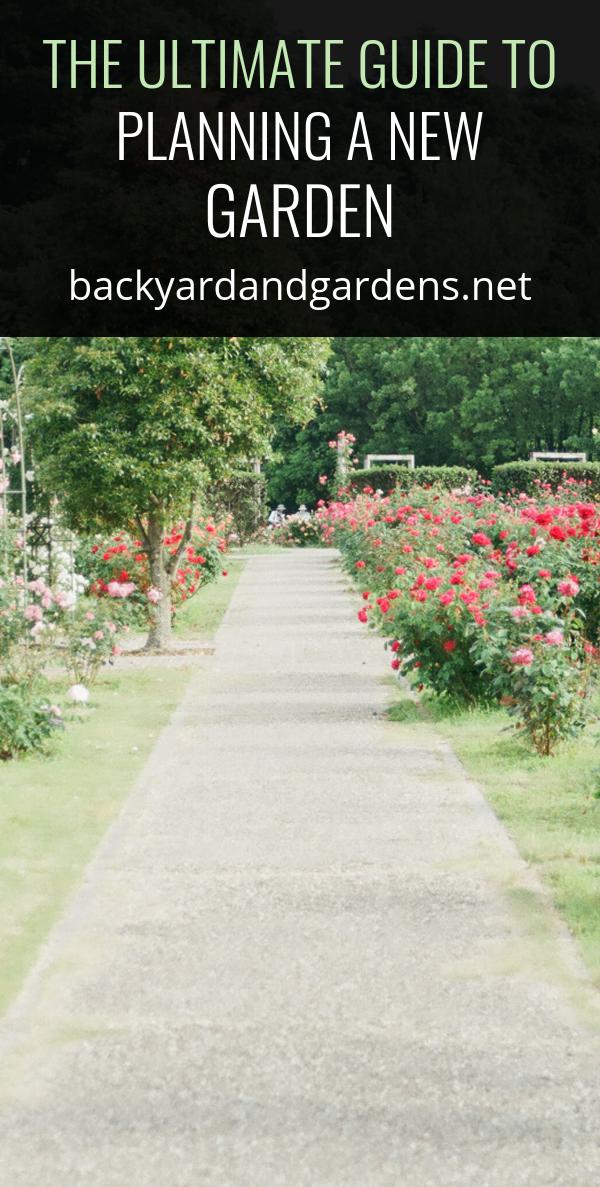The Ultimate Guide to Planning a New Garden
Planting a new garden or redecorating a home is a big undertaking, and each step of the way is a challenge. One of the biggest issues a homeowner has to deal with is deciding what plants to grow and which ones should be planted in containers. Placing plants in containers can add some life to a lawn or a garden, but they can also add significant size and height to the house.
For small backyard spaces, the best choice for planting is a woody plant such as a fern or herbaceous perennial. These are easy to maintain and can easily double as ground cover. The drawback is that most of these plants do not last very long in containers; they will need to be moved to a larger container in order to thrive. If you cannot move your plant, then you will have to dig it up and replant it elsewhere.

For larger gardens and yards, perennials and annuals are a better choice, since they require little maintenance and they can last for many years. There are also some shrubs and bushes that can make ideal containers, especially if you’re planting them in pots rather than in pots and on beds. It is always possible to grow some of these plants in containers; it just depends on the species. Some plants are more difficult to grow than others, but they can still be successfully grown in containers.
Annual grasses and sedges can be planted in containers, but be careful; these plants do not always do well in pots, even if they are relatively young plants. These grasses may expand to extremely large sizes, and if they are planted in large containers, they can easily become overcrowded. Just keep them trimmed to the proper size and only pot them into larger containers. However, there are some perennial grasses that can be planted in containers. Tall fescues, for example, are very popular as container plants.
Perennial herbs, such as tarragon, dill, and thyme, can also be planted in containers; some are easier to grow than others. The truth is that any herb that is fairly drought tolerant and can tolerate fairly dry conditions will work well in a container. If you have a very high tolerance for droughts, then you can try growing those types of herbs in containers.
After you choose your herbs and the conditions for successful plantings are set, be sure to check with your local city or county officials to see if they have rules on gardening and planting in containers. Some municipalities have rules against planting containers and they can be a big headache if you don’t follow them. Planting these plants can also be a big problem if they are grown in containers without the correct licensing.
In order to get the most from your containers, you should choose plants that will survive in their own water, as well as plants that will not require you to keep them under a water source. You should also consider whether your plants will need to be kept in a shady location.
You also want to keep in mind how much sun your plants will get when in the garden. It is best to find plants that will grow in partial shade, but keep in mind that shade does not have to mean a winter sunspot. Growing your plants in containers in the summer can mean that you get more sunlight during the day and less during the evening. This is a good way to get the full benefit of sunlight, without constantly moving your plants into the shade.
It is also important to remember that you can reuse the containers after you have completed your garden or patio since there is no need to be concerned about these things when you’re planting in containers. Instead of throwing out a pot and starting over with a new one, you can simply rent a plant that has been in a container.

Annuals and perennials are easy to care for and provide a beautiful focal point in your garden. Remember that container gardening can be very rewarding, but you must follow the rules of caring for plants and containers.
When planting your garden, remember that you are getting new green stuff each year. It is good to learn how to care for them and to avoid the common mistakes that are often made when planting plants in containers.
